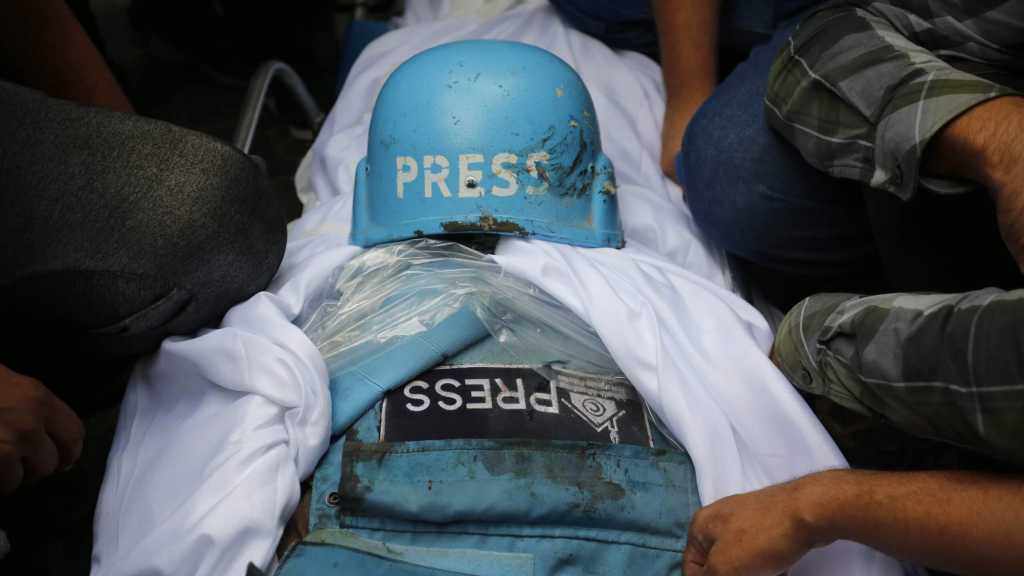Canadian death rate in Kandahar outpacing that of U.S. in Iraq

Source: National Post, 02-01-2008
The death rate among Canadian soldiers fighting around Kandahar has outstripped not only that of U.S. and British troops in Afghanistan, but Americans in the bloody Iraq war as well, the forces' own figures indicate.
A National Defence Department analysis of casualty rates in the first year of operations in and around Kandahar -- obtained by the National Post under Access to Information legislation -- confirms unofficial reports that Canada has suffered a lopsided toll in the conflict.
Canadian soldiers died at a rate 2.6 to four times higher than the British and Americans in Afghanistan and two to 2.6 times higher than U.S. forces in Iraq, according to the April, 2007, number-crunching by Barbara Strauss, an official with the Forces' health services group.
The proportion of Canadian soldiers killed by enemy action is higher even than it was in all but one year of World War Two, the government document indicates.
The numbers reflect that Canadians are operating in one of the most dangerous pockets of the country, Lieut.-Col. Jamie Robertson, a National Defence spokesman, said in an interview yesterday.
"You can look at statistics, but that doesn't take into account that Kandahar province is very different from even Helmand province next door [where the British operate]," he said.
"It's a totally different threat environment. We are in the former heartland of the Taliban, and obviously they have resorted to tactics designed to force casualties among civilians and security forces whenever possible."
Some experts say another reason for the relative beating taken by Canadian soldiers may be that they have no heavy-transport helicopters of their own, forcing them to rely more on ground transportation and face the threat of roadside bombs. Others disagree, noting that helicopters have been shot down or crashed in both Iraq and Afghanistan.
Canadian deaths at the hands of the insurgents dipped somewhat in 2007, to 27 from 32 the year before, with the rate seeming to slow in the second half of the year, especially. The total since this country first got involved in Afghanistan is 74.
Brig.-Gen. Guy LaRoche, who heads the Canadian force in Afghanistan, attributed the recent drop in fatalities to new equipment, including the metal-detecting Husky vehicle, and a change in strategy toward more foot patrols. A growing number of Afghan security forces are also helping coalition forces hold more ground won in battles, he said.
The report by Ms. Strauss, dated April 24, 2007, calculates "hostile" deaths during 2006 as a ratio of the total number of Canadian, American and British forces in Afghanistan.
For the Canadians, the death rate ranged from 1.3% to 1.6%, compared to 0.3 to 0.6% for their allies in Afghanistan, and 0.5 to 0.6% for the U.S. forces in Iraq.
The Canadian rate is higher than the proportion of troops killed in action during all years of the Second World War other than 1944, when close to half Canada's 45,000 deaths occurred.
Between 2,500 and 6,800 Canadian troops died annually in 1941, 1942, 1943 and 1945, according to the Commonwealth War Graves Commission. But the rate of deaths those years was actually lower than it has been in Afghanistan. The death rate in 1941 was 0.4%, 1942 (0.6%), 1943 (0.6%), 1945 (1.1%). The death rate for 1944 was 3.4%.
"We are, with the British, in the hotbed of the insurgency," said Steven Staples of the Rideau Institute, a think tank opposed to Canada's involvement in Afghanistan. He said Canadians need to evaluate seriously whether such losses are justified by the mission in Kandahar.
The death rate among Canadian soldiers fighting around Kandahar has outstripped not only that of U.S. and British troops in Afghanistan, but Americans in the bloody Iraq war as well, the forces' own figures indicate.
A National Defence Department analysis of casualty rates in the first year of operations in and around Kandahar -- obtained by the National Post under Access to Information legislation -- confirms unofficial reports that Canada has suffered a lopsided toll in the conflict.
Canadian soldiers died at a rate 2.6 to four times higher than the British and Americans in Afghanistan and two to 2.6 times higher than U.S. forces in Iraq, according to the April, 2007, number-crunching by Barbara Strauss, an official with the Forces' health services group.
The proportion of Canadian soldiers killed by enemy action is higher even than it was in all but one year of World War Two, the government document indicates.
The numbers reflect that Canadians are operating in one of the most dangerous pockets of the country, Lieut.-Col. Jamie Robertson, a National Defence spokesman, said in an interview yesterday.
"You can look at statistics, but that doesn't take into account that Kandahar province is very different from even Helmand province next door [where the British operate]," he said.
"It's a totally different threat environment. We are in the former heartland of the Taliban, and obviously they have resorted to tactics designed to force casualties among civilians and security forces whenever possible."
Some experts say another reason for the relative beating taken by Canadian soldiers may be that they have no heavy-transport helicopters of their own, forcing them to rely more on ground transportation and face the threat of roadside bombs. Others disagree, noting that helicopters have been shot down or crashed in both Iraq and Afghanistan.
Canadian deaths at the hands of the insurgents dipped somewhat in 2007, to 27 from 32 the year before, with the rate seeming to slow in the second half of the year, especially. The total since this country first got involved in Afghanistan is 74.
Brig.-Gen. Guy LaRoche, who heads the Canadian force in Afghanistan, attributed the recent drop in fatalities to new equipment, including the metal-detecting Husky vehicle, and a change in strategy toward more foot patrols. A growing number of Afghan security forces are also helping coalition forces hold more ground won in battles, he said.
The report by Ms. Strauss, dated April 24, 2007, calculates "hostile" deaths during 2006 as a ratio of the total number of Canadian, American and British forces in Afghanistan.
For the Canadians, the death rate ranged from 1.3% to 1.6%, compared to 0.3 to 0.6% for their allies in Afghanistan, and 0.5 to 0.6% for the U.S. forces in Iraq.
The Canadian rate is higher than the proportion of troops killed in action during all years of the Second World War other than 1944, when close to half Canada's 45,000 deaths occurred.
Between 2,500 and 6,800 Canadian troops died annually in 1941, 1942, 1943 and 1945, according to the Commonwealth War Graves Commission. But the rate of deaths those years was actually lower than it has been in Afghanistan. The death rate in 1941 was 0.4%, 1942 (0.6%), 1943 (0.6%), 1945 (1.1%). The death rate for 1944 was 3.4%.
"We are, with the British, in the hotbed of the insurgency," said Steven Staples of the Rideau Institute, a think tank opposed to Canada's involvement in Afghanistan. He said Canadians need to evaluate seriously whether such losses are justified by the mission in Kandahar.

Kremlin: No Preparations Yet for Trump-Putin Meeting
3 months ago


